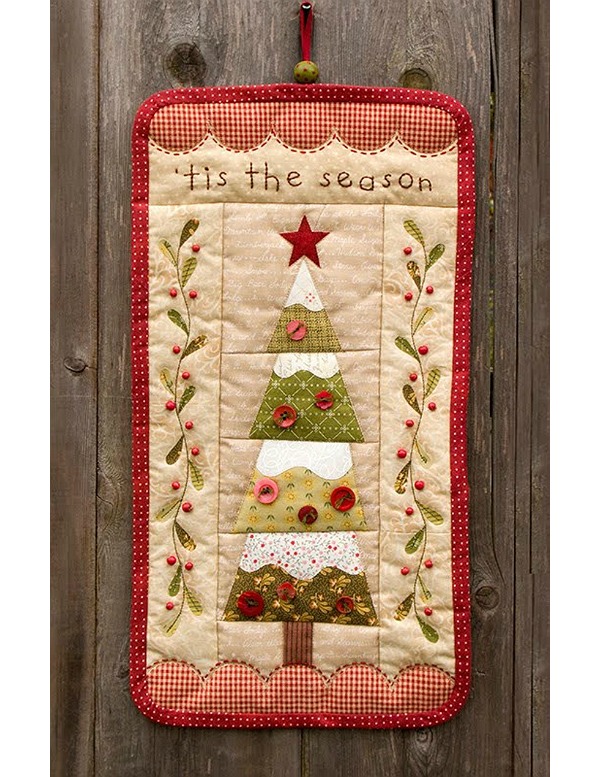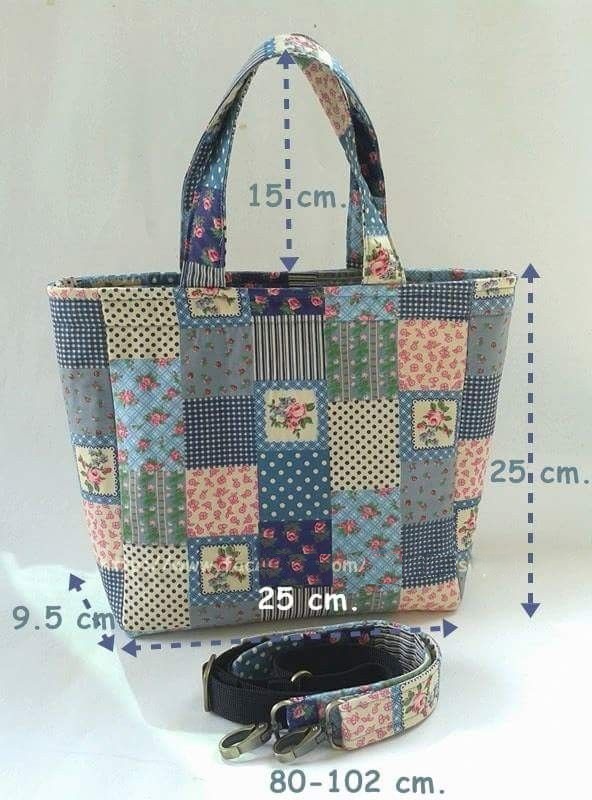

Making your own accessories can be a deeply satisfying experience, especially when you can transform leftover fabric into something both beautiful and functional.
Learning how to sewing bag made with scraps is not only an eco-friendly choice but also a creative and budget-conscious way to make a unique accessory.
Instead of discarding leftover fabric pieces from previous projects, you can repurpose them into a stylish and durable handmade bag.

This guide will walk you through everything you need to know about how to sewing bag made with scraps, including materials, techniques, and helpful tips to make your project successful.
Creating a bag made with scraps allows you to explore different textures, patterns, and colors. Each fabric piece can tell its own story, resulting in a one-of-a-kind accessory that reflects your creativity and personality. By using leftover fabric, you’re not only saving money but also contributing to sustainable fashion — reducing textile waste and promoting mindful crafting. This process is perfect for beginners who want to learn how to sewing bag made with scraps without needing expensive supplies or advanced sewing skills.
By the end of this guide, you’ll be confident in making your own scrap fabric bag from start to finish. Whether you want a simple tote, a patchwork-style shoulder bag, or a small pouch, the techniques in this article will help you craft a bag that’s both practical and stylish. Let’s dive in and discover how to turn your fabric leftovers into a functional masterpiece.
Before you start learning how to sewing bag made with scraps, it’s important to understand the fundamentals of sewing and fabric handling. Sewing is the process of joining pieces of fabric using thread and a needle, either by hand or with a sewing machine. For a bag made from scraps, you’ll be combining multiple small fabric pieces, which means precision and patience are key.
When working with scraps, you’ll need to ensure that the fabrics you choose are compatible in weight and texture. Mixing thick denim with thin cotton, for example, can create uneven seams and distort the bag’s shape. Instead, select fabrics that are similar in thickness and flexibility to make your sewing smoother. This ensures your scrap bag looks cohesive and professional when finished.
Before assembling the pieces, it’s also essential to wash and iron your fabric scraps. This step pre-shrinks the fabric and removes any dirt or residue. Ironing the scraps will make them easier to handle and sew together neatly. Once your materials are ready, you can begin the creative process of arranging the scraps into your desired pattern or color combination.
The beauty of learning how to sewing bag made with scraps is that you don’t need a lot of expensive materials. Most of what you need can already be found in your home or sewing kit. Below are the essential tools and supplies:
Choose a variety of leftover fabrics that complement each other in color and texture. Cotton, denim, and linen are excellent choices for sewing bags made with scraps because they are durable and easy to work with. Try arranging your pieces before sewing to visualize the final look of your bag.
Use strong polyester or cotton thread that matches the colors of your fabrics. If you want a bold, creative effect, you can even use contrasting thread colors to highlight your stitches and add artistic flair.
You can sew your bag by hand, but a sewing machine will make the process much faster and neater. A medium-sized universal needle works well for most fabrics.
To give your bag a clean interior finish, consider adding a lining. A simple cotton or linen fabric works best. Lining also strengthens the bag and helps it maintain its shape.
Sharp fabric scissors are essential for cutting clean edges, while pins or clips help keep your scraps aligned while sewing.
Accurate measurements are key to creating a well-balanced scrap fabric bag. Use a measuring tape and ruler to keep your pieces even.
Now that you have your materials ready, let’s go through the process step by step. Follow these instructions carefully to create a sturdy, beautiful scrap fabric bag.
Before sewing, decide what type of bag you want to make — a tote, shoulder bag, or pouch. Sketch your design or look for inspiration online. Then, arrange your fabric scraps on a flat surface, experimenting with colors and patterns until you find a layout you like.
Cut your scraps into equal shapes, such as squares or rectangles, to make sewing easier. Try to keep the measurements consistent, as uneven edges can cause gaps or misaligned seams. For a patchwork look, small squares work beautifully.
Start by sewing two pieces together, right sides facing each other. Use a straight stitch with a small seam allowance (about 1/4 inch). Continue adding pieces until you form a large rectangular panel that will become one side of your bag. Repeat the process for the other side. Press your seams flat with an iron for a clean finish.
Once both panels are complete, place them right sides together and sew along the sides and bottom edges. Leave the top open. Turn the bag right-side out and press it flat. For extra strength, consider sewing another seam around the edges.
Cut two strips of fabric or use old belts or ribbons as handles. Attach them evenly to the top of your bag. Sew them securely with double stitching to ensure durability.
If you want your scrap fabric bag to look more polished, add a lining. Cut lining fabric to match the size of your bag, sew along the edges, and place it inside. Hand-stitch or machine-sew it to the bag’s opening.
Making a bag from scraps can be simple, but a few expert tips can elevate your work and make it last longer.
Q1: Can I make a bag from any type of scrap fabric?
A1: It’s best to use fabrics with similar weights and textures for even seams. Avoid mixing thick and thin materials unless you reinforce the seams carefully.
Q2: What type of bag is easiest for beginners to make?
A2: A simple tote bag or drawstring pouch is perfect for beginners learning how to sewing bag made with scraps. These styles require basic stitches and minimal shaping.
Q3: Can I hand sew my scrap fabric bag without a sewing machine?
A3: Yes! You can hand sew your bag using a backstitch for strength. It will take more time, but the result can be just as durable.
Q4: How can I make my bag stronger?
A4: Use double stitching on stress points like handles and corners. Adding interfacing or lining will also increase durability.
Q5: How do I clean my scrap fabric bag?
A5: Most cotton or linen bags can be machine washed on a gentle cycle. For delicate materials, hand wash with mild detergent and air dry.
Learning how to sewing bag made with scraps is a creative, eco-friendly, and rewarding way to repurpose leftover fabric. By following this guide, you can transform even the smallest fabric pieces into something useful and stylish. Whether you’re making a tote for groceries, a small pouch for makeup, or a gift for a friend, your handmade scrap fabric bag will always have a personal touch that makes it special.
Take your time, experiment with designs, and enjoy the process of creating something from nothing. Sewing is an art that improves with practice — so keep exploring, keep crafting, and soon you’ll have a collection of unique, handmade bags to be proud of.
We’d love to hear your honest opinions and suggestions about this article! Share your thoughts below — your feedback helps us improve and inspire more creative makers like you.